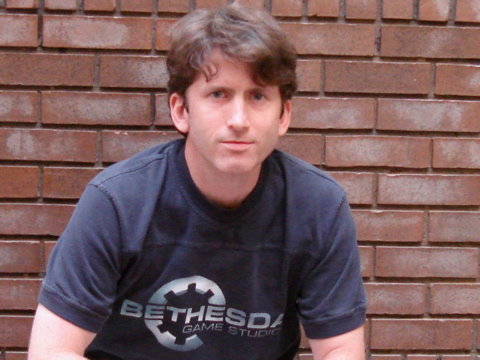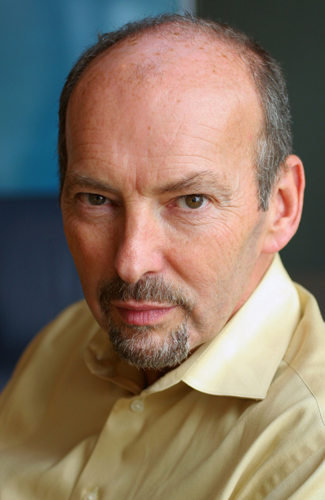During the recent E3 Expo in Los Angeles, we had the chance to meet up with some of the top dogs in the games business. We recently brought you some of their insights into game marketing, and today we’re happy to bring you another installment. In Part Two of this feature, we speak with EA Sports President Peter Moore and Bethesda Game Studios’ Executive Producer Todd Howard.
Considering the high cost of goods, and triple-A games costing upwards of $100 million or more, does that make marketing all the more important? Does the campaign for one of these games have to be on the scale of a Hollywood movie to push it out there to make sure you recoup that investment in the game itself?

Todd Howard: I think so. Although I don’t have a ton of insight into that… I’m involved in the creative of the marketing. I’m a big believer that that is part of the game. That is your first experience. So when you see a teaser for Fallout . . . I created that in-house. This is your first look at the game; this is part of the experience. The box is part of the experience. The manual is part of the experience. The disc itself, all these things are part of the experience of the game. I think smart creative you need to have. Ayzenberg is great at that stuff. Past that, it becomes scale. How many places are you going to run ads I think most places have a metric: “This is how many copies we are shipping,” and it becomes almost an insurance policy. “If we don’t support this with this amount of money, we’re taking a risk that everybody’s not going to know about it.” So I think most marketing is scaled to what they’re going to ship.
With the cost of games today obviously being huge, does that make marketing that much more important to get that message out there? Do you have to elevate your campaign to sort of Hollywood blockbuster campaign styles to really get noticed now?

Peter Moore: Yes and no. I think, you know, you build franchises that become part of the culture: Madden, FIFA, Tiger. You could argue, and we always have a little joke, we should just send our core email and say, ” it’s shipped, it’s the cost of an e-mail blast.” At the same time, we actually, with Madden, love the big events. We did Mardi Gras this year in New Orleans; we’re doing a ton of stuff with Madden. I think it’s important for the industry. I get a great thrill, watching ESPN and all my ads come up and, you know, it ends with “EA Sports: it’s in the game,” and I think that’s important, to continue to brand build. Marketers look at their marketing spend as a percentage of the revenue. That’s the way we look at marketing spends and how we get after it becomes the tactics within that.
And at the other end of the spectrum, we just shipped FIFA Superstars on Facebook and haven’t spent a penny, but somehow we have, according to my friends at Playfish, 1.5 million monthly users purely by word of mouth, purely by me sending invites to my friends, and them sending invites to their friends. You know, it’s a whole new paradigm we need to learn to live in: how to market a social network game within a social network. And, you know, it becomes very interesting with different tactics. It’s no good doing that on TV. I’m not even sure it’s good doing it online; you’ve got to do it within the network itself and find innovative ways to do that.
_ _
Stay tuned for Part Three of this feature next week, when [a]listdaily speaks to Sega’s Darren Williams and Ubisoft’s Chris Early about the digital perspective.

